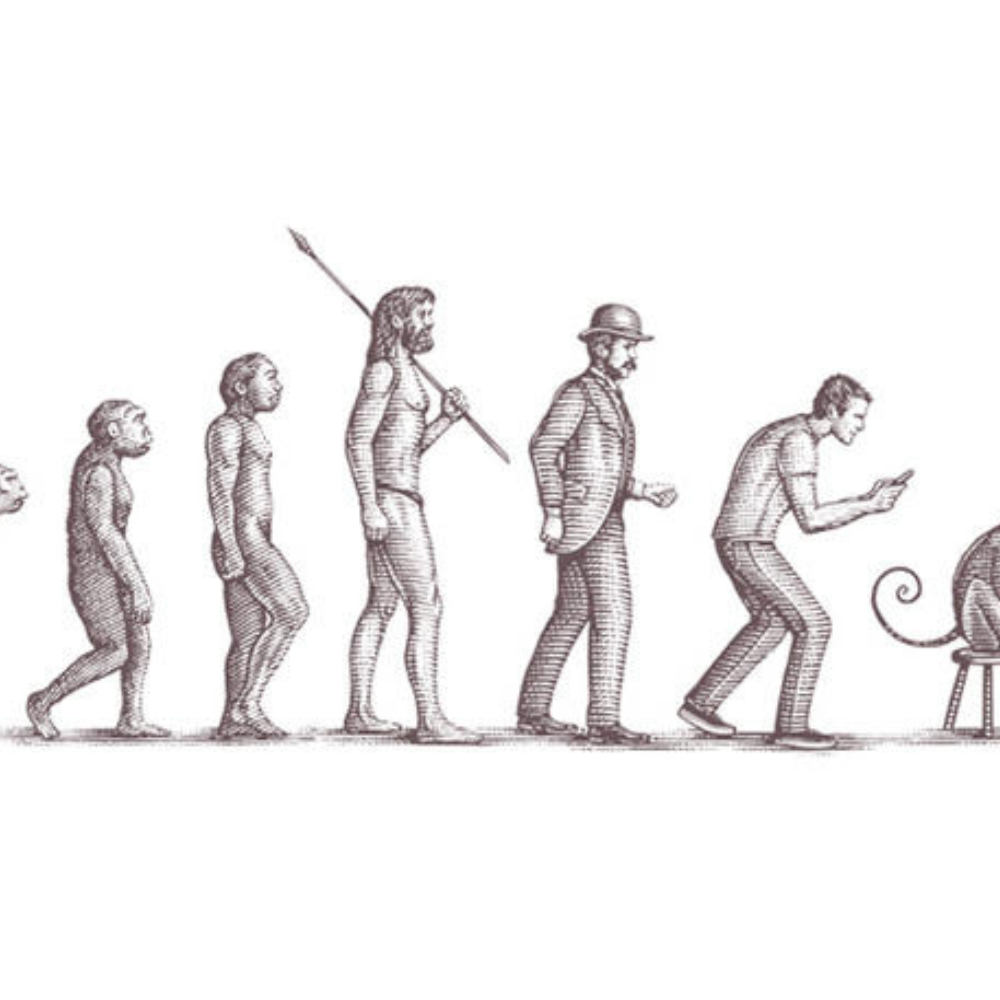
In the intricate tapestry of evolution, a fascinating phenomenon known as regressive evolution has captured the attention of researchers. This phenomenon involves the gradual loss of complex features in organisms, leading some to ponder whether evolution can ever revert to simpler forms. However, as experts delve into this subject, it becomes evident that while regressive evolution might appear as a regression, the underlying mechanisms are far more complex than a mere backward journey.
Phenomenon of Regression

Regressive evolution, often referred to as ‘evolution in reverse,’ raises questions about the possibility of biological structures returning to earlier, less intricate states. Take, for instance, the intriguing case of myxozoans, who come from the same family as jellyfish. These seemingly simple parasites lack complex anatomical structures like mouths, nervous systems, or guts. Through the course of evolution, they shed features they no longer needed due to their parasitic lifestyle.
Unraveling the Issue
While the term ‘regressive evolution’ might evoke images of organisms reverting to primitive forms, the reality is more nuanced. Let’s take the example of eye loss in cave-dwelling creatures like cavefish. As these organisms adapt to their light-deprived environments, they undergo changes that lead to the loss of their eyes. However, this doesn’t mean a complete reversal to become like an ancestor lacking eyes. Instead, the evolutionary process halts partway, resulting in vestigial eyes covered with skin. This exemplifies how evolution involves adjustments to suit the new environment.
A Complex Path
A deeper exploration into regressive evolution reveals the underlying complexity of adaptation. It’s not as simple as just rolling back specific changes. Evolution is a network of interconnected modifications, with adaptations leading to further changes. For instance, when an organism develops a complex feature, such as an eye, it involves alterations – not only to the genes responsible for vision but also to the overall skull structure. Attempting to revert a single change would require a cascade of alterations, making true reversal exceedingly delicate.